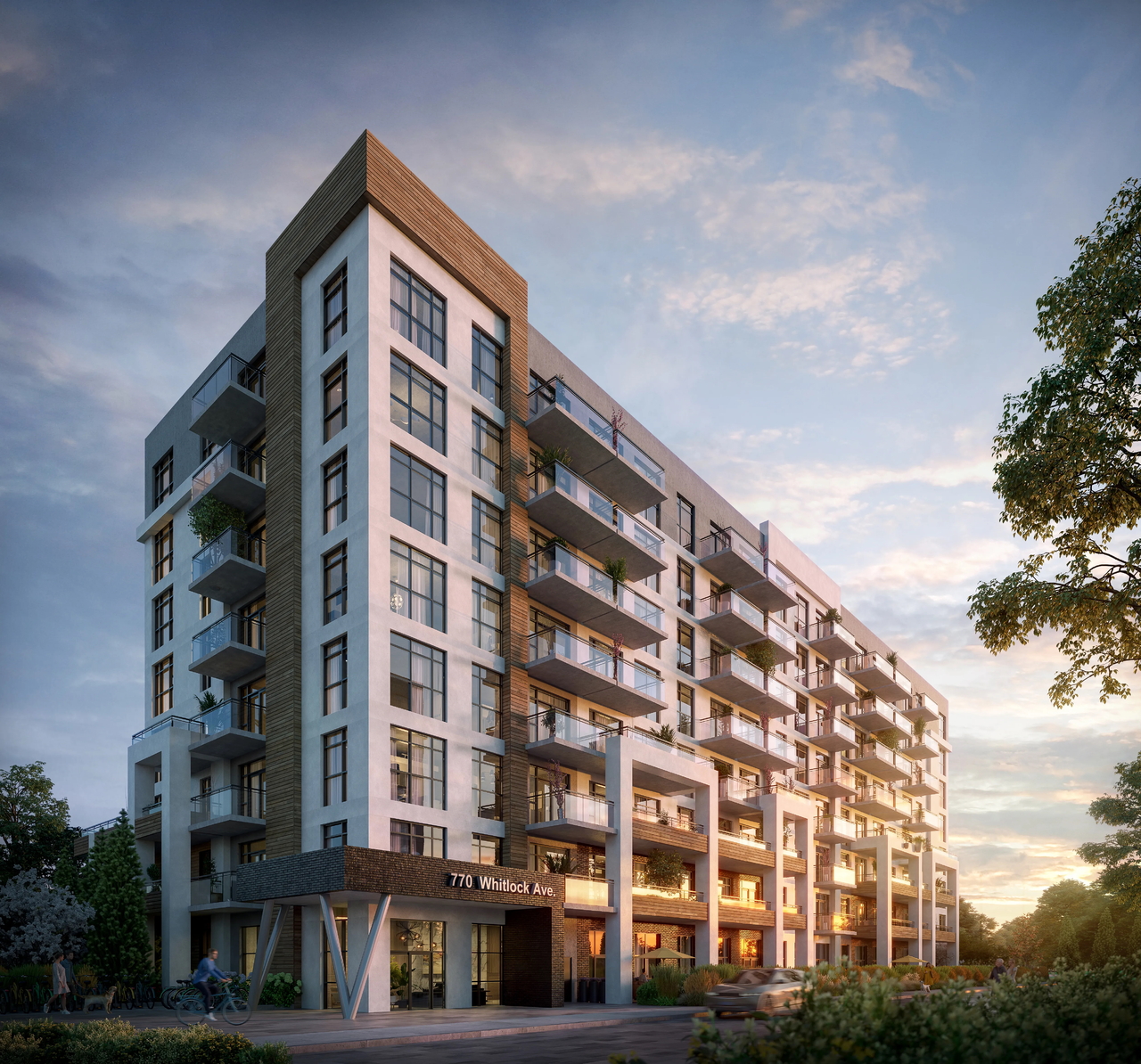The Impact of Curb Appeal in Real Estate Transactions
In the world of property markets, first impressions can make all the difference. The visual attractiveness of a property from the street, the aesthetics of a property from the street, plays a crucial role in attracting interested purchasers and determining the overall value of a home. As the housing market continues to evolve, understanding the power of curb appeal is more crucial than ever for both vendors and buyers. If you're a new homebuyer eager to make a wise investment or a property owner looking to market quickly, the exterior appearance of a property can significantly impact your experience.
The journey of buying or selling a property involves several steps, from understanding the mortgage process to mastering property evaluations and pricing strategies. For vendors, effective home staging and creating appealing curb appeal are key to make a strong impact on potential purchasers. On the other hand, buyers will benefit from recognizing what to seek in a property that not only satisfies their needs but also offers opportunities for future value. As we explore the intricacies of curb appeal, we'll explore tips and strategies that can enhance the visual charm of a property, ultimately leading to greater real estate transactions.

Comprehending Curb Appeal: Why First Impressions Count
Curb attractiveness is defined as the visual appeal of a real estate as perceived from the road. It is the initial perception potential clients have when they come to a house, and this initial perception can substantially influence their interest in continuing with the transaction process. A well-maintained exterior not only invites visitors but also sets the tone for what they can expect interior the home. This is why enhancing curb appeal is crucial for homeowners looking to make a strong impact in a fierce real estate environment.
When it comes to marketing a home, focusing on curb appeal can cause a faster sale and likely a increased sale value. Basic landscaping, a fresh coat of paint, and tended pathways can considerably enhance the exterior appeal of a home. Clients often appreciate homes that look welcoming and well-cared-for, as it implies that the home has been maintained with attention and attention to detail. Therefore, contributing time and efforts into improving the exterior can produce significant returns.
For new clients, grasping the importance of curb appeal can also influence their search criteria. browse around here that is distinctive for its exterior charm may create a feeling of eagerness and inspiration to look closer. Clients should consider not only the interior features of a home but also what it communicates from the outside. Ultimately, a property's curb appeal plays a key role in both drawing in purchasers and achieving a favorable sale.
Property Presentation and Pricing: Fundamentals to Engaging Buyers
When it comes to marketing a home, establishing a positive initial impression is essential. Home staging plays a significant role in this process. By arranging furnishings, decluttering spaces, and adding stylish decor, sellers can boost the overall appeal of their home. House hunters are better equipped to envision themselves residing in a professionally styled home, leading to a quicker sale at a better price. A clean and welcoming atmosphere can make all the change, allowing potential buyers to concentrate on the house's best attributes rather than its shortcomings.
In addition to staging, setting a price for the property accurately is crucial for attracting interested buyers. Overpricing can repel interested parties, while underpricing may result in financial loss. To determine the right price, sellers should carry out a comprehensive property evaluation, factoring in comparable properties in the neighborhood and existing real estate trends. This strategy helps sellers position their homes effectively, ensuring they stay relevant in the eyes of potential buyers.
Integrating efficient property presentation with strategic valuation creates a powerful pair that optimizes a property's market potential. Homeowners should strive to create an emotional tie through meticulously styled spaces, allowing them for prospective buyers to envision their life there. When this is paired with a carefully analyzed and appealing cost, the chances of a quick sale grow substantially, advantaging both the homeowner and the buyer.
Timing Strategies and Market Dynamics: Marketing in the Best Conditions
The timing of a property sale can significantly impact the selling price and velocity of the transaction. Grasping market trends is vital for sellers aiming to enhance their returns. Seasonal fluctuations often play a factor, with the spring and summer months generally being peak selling periods. During these months, buyers are more engaged, and homes tend to show better due to favorable weather. Staying updated about local market conditions can help sellers pinpoint optimal listing periods.
Another key element is the correlation with economic signals, such as mortgage rates and employment rates. When mortgage rates are reduced, more buyers are likely to enter the market, which raises the demand for properties. Conversely, if mortgage rates rise, potential buyers may be deterred, leading to slower sales and potentially leading in decreased home values. Sellers should monitor these movements and take them into account when deciding the right moment to list their home.
Additionally, local market conditions can vary greatly. Sellers should examine comparable home sales and consult with real estate agents to understand the market landscape. In a seller's market, where there are more buyers than homes on the market, sellers may have more leverage to negotiate prices. However, in a buyer's market, where inventory exceeds demand, it's crucial to set a competitive price and possibly offer concessions to attract offers. By being attuned to these dynamics, sellers can effectively position their home for a successful sale.